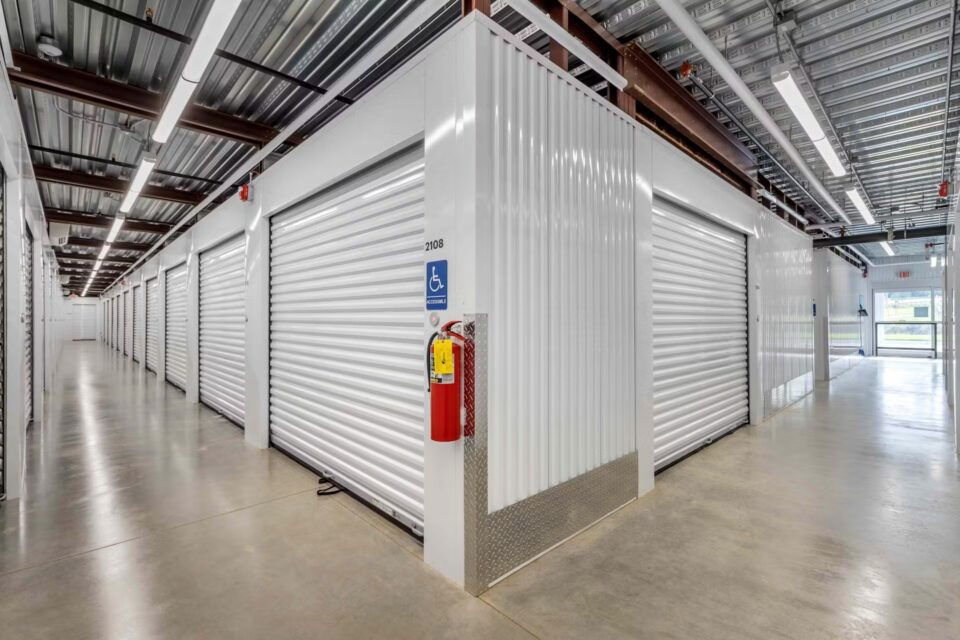Introduction
When it comes to storing valuable possessions, especially those sensitive to temperature and humidity changes, opting for climate controlled storage is a wise decision. Whether you’re safeguarding antique furniture, electronics, documents, or other delicate items, ensuring they’re kept in optimal conditions can preserve their quality and longevity. However, selecting the right climate-controlled storage facility requires careful consideration to meet your specific needs and ensure the protection of your belongings.
Understanding Climate-Controlled Storage
Before delving into the selection process, it’s essential to grasp the concept of climate-controlled storage. Unlike traditional storage units, which are subject to fluctuations in temperature and humidity, climate-controlled facilities maintain a consistent environment throughout the year. Typically, these units are equipped with heating, ventilation, and air conditioning (HVAC) systems to regulate temperature and humidity levels, creating an ideal setting for preserving sensitive items.
Factors to Consider
- Temperature Stability: The primary function of climate-controlled storage is to maintain a stable temperature range, usually between 55°F and 85°F. When assessing storage facilities, inquire about their temperature control measures and ensure they can uphold consistent conditions regardless of external weather variations.
- Humidity Control: Humidity fluctuations can wreak havoc on items such as wood furniture, musical instruments, and artwork. Opt for a storage facility that incorporates humidity control systems to keep moisture levels within a safe range, preventing mold, mildew, and warping.
- Insulation and Sealing: Inspect the storage units for proper insulation and sealing to prevent outside elements from infiltrating the space. Well-insulated units help maintain a consistent internal environment and offer enhanced protection against temperature extremes.
- Security Measures: Beyond climate control, prioritize security features such as surveillance cameras, gated access, and on-site personnel. Your peace of mind is paramount, and knowing that your belongings are secure adds an extra layer of assurance.
- Accessibility and Convenience: Consider the accessibility of the storage facility concerning your location and schedule. Choose a facility that offers convenient access hours and is easily reachable whenever you need to retrieve or add items to your storage unit.
- Cleanliness and Maintenance: A clean and well-maintained facility reflects the level of care provided for your belongings. Look for signs of cleanliness and diligence in maintenance, as these indicate a commitment to preserving the integrity of stored items.
Assessing Your Storage Needs
Before selecting a climate-controlled storage facility, take inventory of the items you intend to store and assess their specific requirements. Consider factors such as size, fragility, and susceptibility to environmental conditions. Certain items may necessitate specialized storage solutions, such as padded crates for delicate antiques or climate-controlled wine storage for preserving fine vintages.
Comparing Storage Facilities
Once you’ve identified your storage needs, research and compare multiple storage facilities in your area. Pay attention to online reviews, testimonials, and ratings from previous customers to gauge the reputation and reliability of each facility. Additionally, schedule visits to inspect the facilities in person and evaluate their adherence to quality standards.
During your visits, inquire about the following:
- Facility Amenities: Assess the amenities offered by each facility, such as moving supplies, dollies, and packing services, to streamline the storage process.
- Customer Service: Interact with staff members to gauge their professionalism, responsiveness, and willingness to address any concerns or inquiries you may have.
- Insurance Options: Inquire about insurance coverage options for stored items to safeguard against unforeseen circumstances such as theft, fire, or natural disasters.
- Contract Terms and Pricing: Review the contract terms, including rental rates, payment policies, and lease duration, to ensure transparency and avoid any hidden fees or obligations.
Conclusion
Choosing the right climate-controlled storage facility requires careful consideration of various factors, including temperature stability, humidity control, security measures, and accessibility. By assessing your storage needs, comparing multiple facilities, and prioritizing quality and reliability, you can safeguard your valuable possessions and enjoy peace of mind knowing they’re in safe hands. Invest time and effort in selecting the optimal storage solution to preserve the integrity and longevity of your belongings for years to come.

